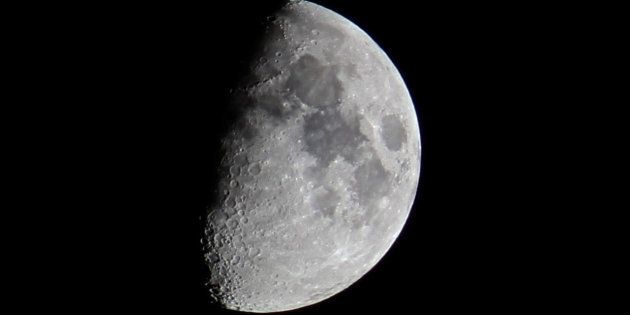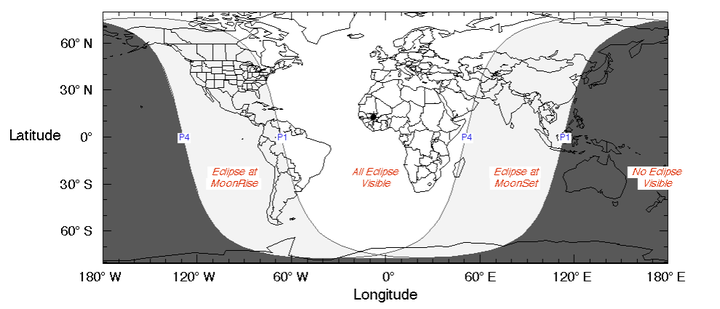
Turn your eyes to the sky this Friday night and prepare for a series of spectacular celestial sights.
A penumbral lunar eclipse, a full moon and a comet will all be visible from across North America ― weather permitting.
The full “Snow Moon,” so-called because February is usually the snowiest month in the U.S., is set to appear slightly darker than usual as it crosses through a peripheral part of the Earth’s shadow.
On the east coast, the event will take place from 5:34 p.m. to 9:53 p.m EST ― peaking at 7:44 p.m. EST. Timings from other locations vary, but they’re all recorded on TimeandDate.com.
Stargazers should be able to see Comet 45P/Honda-Mrkos-Pajdušáková via telescope or binoculars around 3 a.m. EST Saturday.
The comet, named after the astronomers who discovered it in 1948, has actually been visible over the past two months, but Saturday will mark its closest approach to Earth since 2011 ― when it will be 7.4 million miles away.
It will remain visible from various places until the end of February, and is due to return again in 2022.
